Endocrine glands and exocrine glands are two types of glands that produce and secrete chemical substances to control the functions of the body The main difference between endocrine glands and exocrine glands is that endocrine glands are ductless glands that secrete hormones into the blood whereas exocrine glands consist of ducts and they Endocrine system secretes substances such as enzymes into the ducts that lead to the target tissues The key difference between endocrine and exocrine systems is that the endocrine system releases produced substances directly into the blood while exocrine system does not release its products directly into the blood Exocrine pancreas, the portion of the pancreas that makes and secretes digestive enzymes into the duodenum This includes acinar and duct cells with associated connective tissue, vessels, and nerves The exocrine components comprise more than 95% of the pancreatic mass What are the exocrine and endocrine functions of the pancreas?
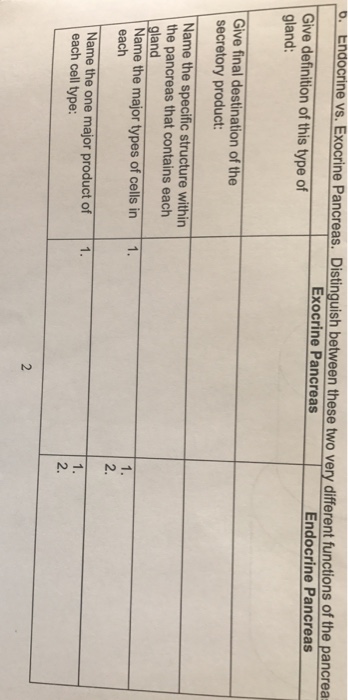
Solved Endocrine Vs Exocrine Pancreas Distinguish Between Chegg Com
Exocrine vs endocrine pancreas function
Exocrine vs endocrine pancreas function- The pancreas is a large gland that is connected to the duodenum via an excretory duct The organ contains several distinct cell types some exocrine, some endocrine The main function of pancreatic exocrine cells is secretion of various hydrolytic enzymes needed for digestion in the intestine (see accompanying Table, DG7)Function of the Pancreas An essential pancreatic function is the conversion of food into fuel for the body's cells The exocrine part produces mainly digestive enzymes and helps in digestion, whereas the endocrine part is responsible for the regulation of carbohydrate metabolism (ie




A Primer On Exocrine Pancreatic Insufficiency Fat Malabsorption And Fatty Acid Abnormalities
Pancreas pan´kreas (pl pancre´ata) (Gr) a large, elongated, racemose gland located transversely behind the stomach, between the spleen and duodenum (See also Plate 11) It is composed of both exocrine and endocrine tissue The acini secrete digestive enzymes, and small ductules leading from the acini secrete sodium bicarbonate solution TheThe exocrine functions are concerned with digestion The endocrine function consists primarily of the secretion of the two major hormones, insulin and glucagon Four cell types have been identified in the islets, each producing a different hormone with specific actions Pancreas The pancreas has both an endocrine and an exocrine function The exocrine pancreas assists in food digestion by releasing a secretion rich in bicarbonate, which helps to neutralize the acidic environment created in the stomach The secretion also includes digestive enzymes Duodenum
Morbidity of endocrine and exocrine pancreatic insufficiency Thirty four of 113 patients (301%) was diagnosed with DM, 33 patients (292%) with IGT and 46 patients (407%) with normal endocrine function as shown in Fig 1The incidence of abdominal pain, abdominal distension and diarrhea (including fat diarrhea) was respectively 53%, 106% and 1504% The pancreas is one organ situated in the abdomen It plays crucial role in converting the food us eat right into fuel because that the body"s cells The pancreas has actually two main functions an exocrine role that help in digestion and also an endocrine duty that regulates blood sugar Location that the PancreasThe pancreas has both endocrine and exocrine functions The exocrine pancreas is made up of pancreatic acinar cells and a duct system that opens into the proximal duodenum Pancreatic acinar cells synthesize and secrete digestive enzymes (eg, amylase, lipase, and others) and inactive proenzymes of digestive enzymes (ie, zymogens;
Exocrine vs Endocrine Exocrine glands are glands that secrete their products through the ducts, and discharge it into the external environment, to organs or the outside the body Endocrine glands are ductless, therefore the secreted hormones are released into the interstitial spaces that surround the cells Lemaire et al evaluated pancreatic exocrine and endocrine function, pancreatic atrophy, and main pancreatic dilatation in the pancreatic remnant following PD in 19 patients with median interval between operation and evaluation was 32 (range 12–1) months PEI was assessed by measuring 72 h fecal fat concentrations and fecal elastase 1Functional Anatomy of the Endocrine Pancreas The pancreas is an elongated organ nestled next to the first part of the small intestine Its gross anatomy and the structure of pancreatic exocrine tissue and ducts are discussed in the context of the digestive system The endocrine pancreas refers to those cells within the pancreas that synthesize and secrete hormones




A Primer On Exocrine Pancreatic Insufficiency Fat Malabsorption And Fatty Acid Abnormalities
:watermark(/images/watermark_5000_10percent.png,0,0,0):watermark(/images/logo_url.png,-10,-10,0):format(jpeg)/images/overview_image/1881/CPsIC67xuz6pLt6JhAM6Wg_pancreas-histology_english.jpg)



Pancreas Histology Exocrine Endocrine Parts Function Kenhub
About Press Copyright Contact us Creators Advertise Developers Terms Privacy Policy & Safety How works Test new features Press Copyright Contact us Creators Exocrine function is generally just enough impaired to make it hard to test for other pancreatic disease It is worth noting that the endocrine functions other than production of insulin do tend to be affected 1 Discrete Endocrine Glands They include the pituitary gland (hypophysis), thyroid, parathyroid, adrenal and pineal glands 2 Endocrine component of glands with both an Endocrine and an Exocrine Function They include the kidney, pancreas




Anatomical Structures Of The Pancreas And Salivary Glands Both The Download Scientific Diagram




Pin On Wednesday Wellness
Exocrine pancreatic insufficiency (EPI) causes problems in how you digest food Your pancreas doesn't make enough of the enzymes that your body needs to break down and absorb nutrientsThese exocrine cells are called "acinar cells" and they produce and transport enzymes that are released into ducts and then passed into the duodenum (the first part of the small bowel), where they assist in the digestion of food The second functional component of the pancreas is the "endocrine" pancreasEndocrine Function The endocrine component of the pancreas consists of islet cells (islets of Langerhans) that create and release important hormones directly into the bloodstream Two of the main pancreatic hormones are insulin, which acts to lower blood sugar, and glucagon, which acts to raise blood sugar



Plos One Association Of Fatty Pancreas With Pancreatic Endocrine And Exocrine Function
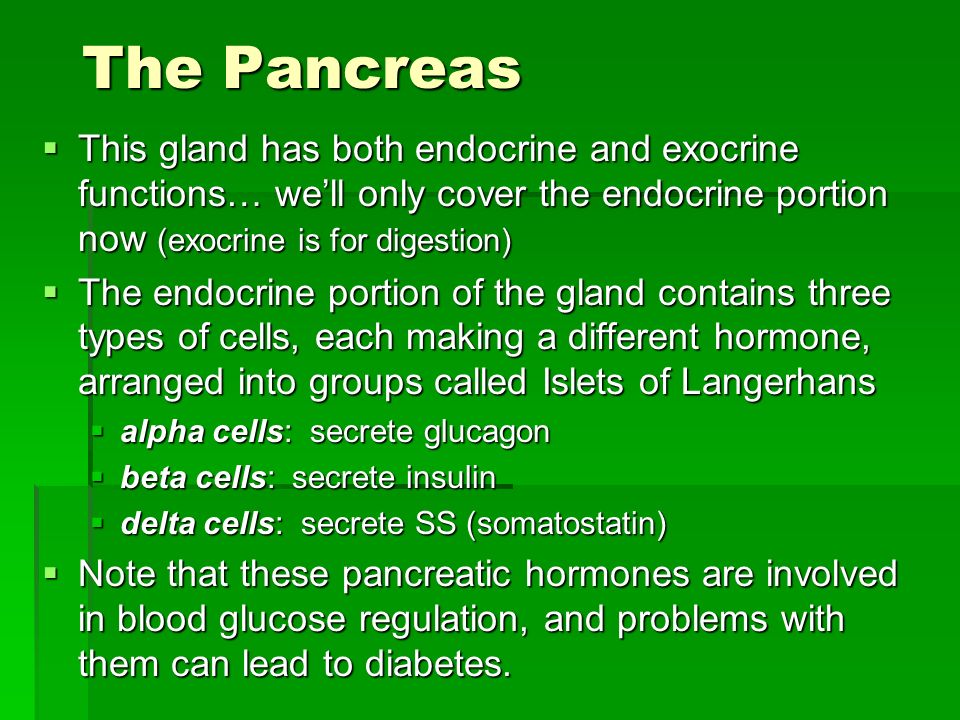



The Endocrine System Ppt Download
Event Details Meeting Objectives The goal of this 15day workshop will be to gather clinical and basic science investigators who are interested in diseases of the exocrine and/or endocrine pancreas and in achieving an understanding of how the two compartments interact in diseaseLocated in the center of the abdomen, the pancreas has 2 important functions Endocrine function;Pancreatitis Consequences on Endocrine Pancreas Function Pancreatic endocrine insufficiency is a dreaded consequence of acute pancreatitis Recent studies suggest that following hospitalization for the first episode of acute pancreatitis there is as much as a 40% risk of prediabetes and/or diabetes mellitus ( Das et al, 14 )
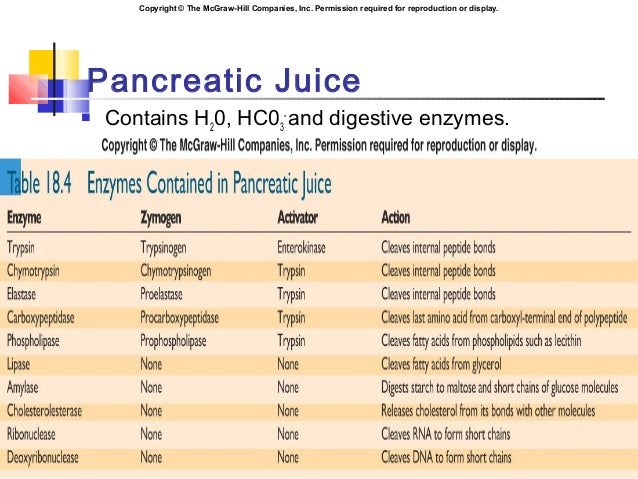



The Exocrine Functions Of The Pancreas
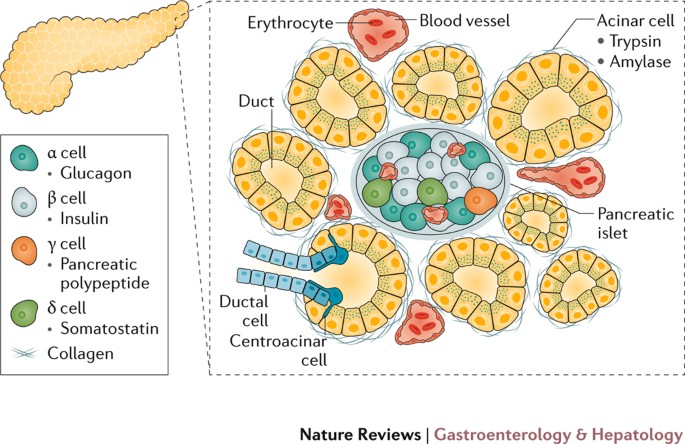



Regenerative Medicine And Cell Based Approaches To Restore Pancreatic Function Nature Reviews Gastroenterology Hepatology
The pancreas is both an exocrine accessory digestive organ and a hormone secreting endocrine gland The bulk of the pancreatic tissue is formed by the exocrine component, which consists of many serous pancreatic acini cells These acini synthesize and secrete a variety of enzymes essential to successfully "rest and digest" An exocrine gland delivers its product through a duct and an endocrine gland delivers its product to the bloodstream The pancreas has both Gonadotropinreleasing hormone is involved in the regulation of both the testes and the ovariesExocrine pancreatic insufficiency (EPI) is a condition characterized by deficiency of the exocrine pancreatic enzymes, resulting in the inability to digest food properly, or maldigestion Who gets EPI?
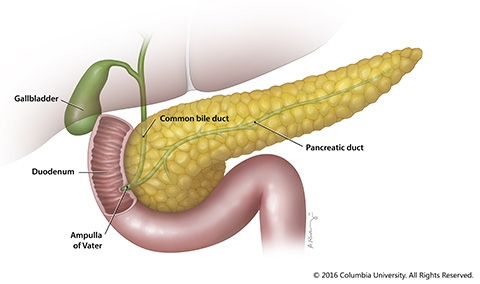



The Pancreas And Its Functions Columbia University Department Of Surgery




Endocrine System Part 2 Keri Muma Bio 6 Pancreas Located Behind The Stomach Has Both Exocrine And Endocrine Functions Ppt Download
EPI is associated with certain diseases and conditions that affect the pancreas Some of these diseases you are born with, like cystic fibrosis, while others may occur Read MoreMakes insulin, a hormone that helps the body process the sugar we eat Exocrine function;About Press Copyright Contact us Creators Advertise Developers Terms Privacy Policy & Safety How works Test new features Press Copyright Contact us Creators
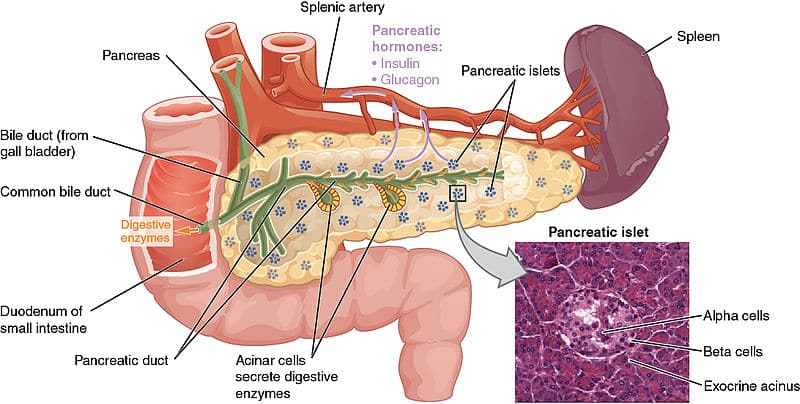



The Exocrine Pancreas Function Secretion Regulation




Pancreas Endocrine And Exocrine Functions Medical Library
99% part of pancreas is exocrine and 1% part is endocrine As an endocrine gland, it functions mostly to regulate blood sugar levels, secreting the hormones insulin, glucagon, somatostatin, and pancreatic polypeptide As a part of the digestive system, it functions as an exocrine gland secreting pancreatic juice into the duodenum through the pancreatic ductAnswer (1 of 3) Firstly, to completely understand the heterocrine gland you need to know the difference between hormones and enzymes Hormones are non nutritious while enzymes are nutritious in nature Hormones are ALWAYS secreted in small quantities while enzymes are usually required in a comMakes enzymes to help digest food so the body can absorb it In people with EPI, it's the exocrine function of the pancreas that is affected




Illustrates The Location Of Endocrine And Exocrine Pancreas In The Download Scientific Diagram
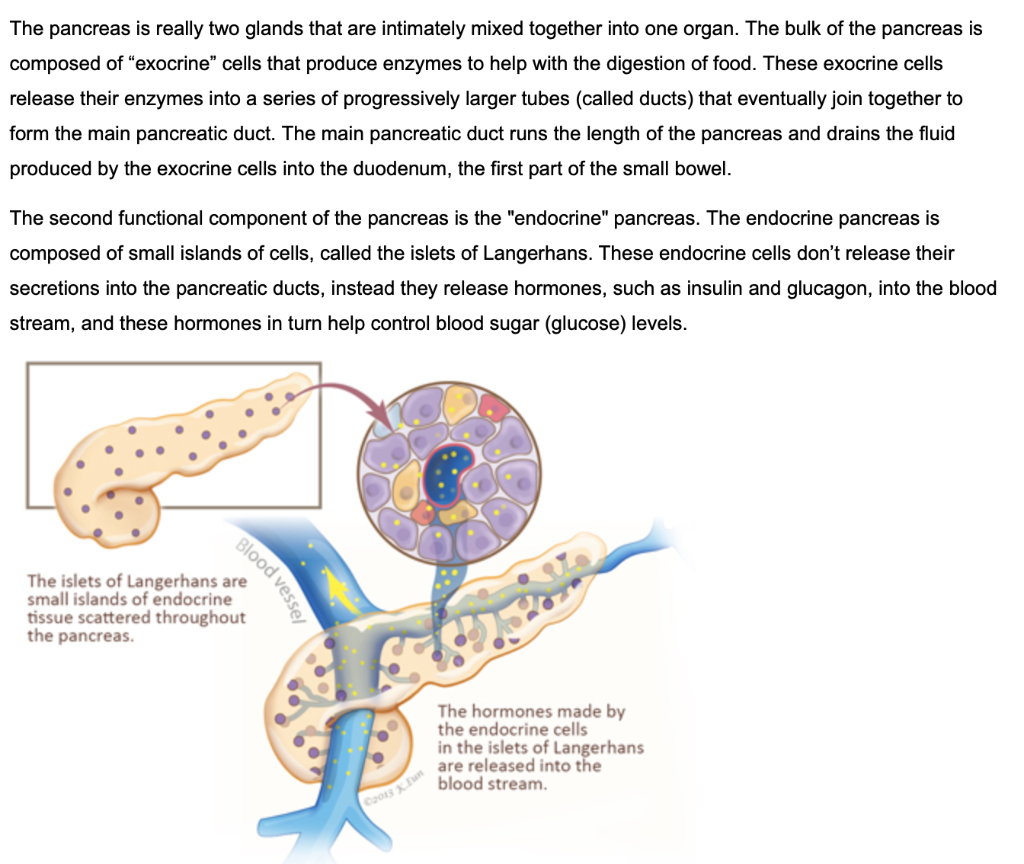



Solved Prompt The Pancreas Has Both Endocrine And Exocrine Chegg Com
The pancreas serves two functions, endocrine and exocrine The exocrine function of the pancreas is involved in digestion, and these associated structures are known as the pancreatic acini The pancreatic acini are clusters of cells that produce digestive enzymes and secretions and make up the bulk of the pancreas In other words, the pancreas has the dual function of secreting hormones into blood (endocrine) and secreting enzymes through ducts (exocrine) The pancreas belongs to the endocrine and digestive systems—with most of its cells Endocrine function of the pancreas The pancreas is not only a digestive gland but also an endocrine gland As such, it produces two important hormones of the carbohydrate metabolism insulin and glucagon, among others The anabolic hormone insulin is produced in the beta cells and is released basally in an oscillating manner Its halflife in the blood is only 6–8




Pancreas Exocrine And Endocrine Function Youtube




Implications Of Integrated Pancreatic Microcirculation Crosstalk Between Endocrine And Exocrine Compartments Diabetes
The endocrine function of the pancreas involves the secretion of insulin into the blood, while the exocrine function involves the secretion of digestive enzymes into the small intestine Example The endocrine pancreatic tissue consists of small, discrete clusters of cells, called islets of Langerhans (also called pancreatic islets), scattered throughout the exocrine pancreatic lobules Unlike the exocrine pancreatic acini, which secrete into a ductular system, cells of the islets of Langerhans secrete directly into small fenestrated capillaries that are integrated within thePancreatic islets are collections of endocrine cells scattered through the exocrine pancreas making up 23% of the gland Islets are made up of five types of endocrine cells known as α, β, δ, ε, and PP/F cells that synthesize and secrete, respectively, glucagon, insulin, somatostatin, ghrelin, and pancreatic polypeptide, all of which are




Exocrine Pancreas Definition Of Exocrine Pancreas By Medical Dictionary




Exocrine Pancreas Video Digestive Glands Khan Academy
The endocrine function of the pancreas, production of insulin and other hormones, is performed by small groups of cells, the islets of Langerhans The islets are completely surrounded by acinar (exocrine) cells that produce digestive enzymesAll right and then on that note why don't we move on to the next part of the pancreas which is known as the endocrine pancreas and this is actually the part of the pancreas that is the most famous we hear the most about this as we'll see in a minute because it has a lot to do with diabetes the endocrine pancreas will release hormones rather than the salts or enzymes we saw aboveThe pancreas is a digestive gland with endocrine and exocrine function, belonging to the digestive and endocrine system It is about 15 cm long and is located in the abdominal region behind the stomach, between the duodenum and spleen




Implications Of Integrated Pancreatic Microcirculation Crosstalk Between Endocrine And Exocrine Compartments Diabetes




Differences Between Endocrine Glands And Exocrine Glands
The endocrine function of the pancreas, production of insulin and other hormones, is performed by small groups of cells, the islets of Langerhans The islets are completely surrounded by acinar (exocrine) cells that produce digestive enzymes The endocrine and exocrine portions of the pancreas are closely related during development, and The Pancreas acts as both an exocrine gland and an endocrine gland When the pancreas secretes pancreatic juices into the duodenum of the digestive system, those pancreatic enzymes are actually working outside of the human bodyTechnically the food that is being processed in the digestive tract is actually not yet part of the body until it is absorbed throughManagement of functional consequences after pancreatic resection has become a new therapeutic challenge The goal of our study is to evaluate the risk factors for exocrine (ExoPI) and endocrine (EndoPI) pancreatic insufficiency after pancreatic surgery and to
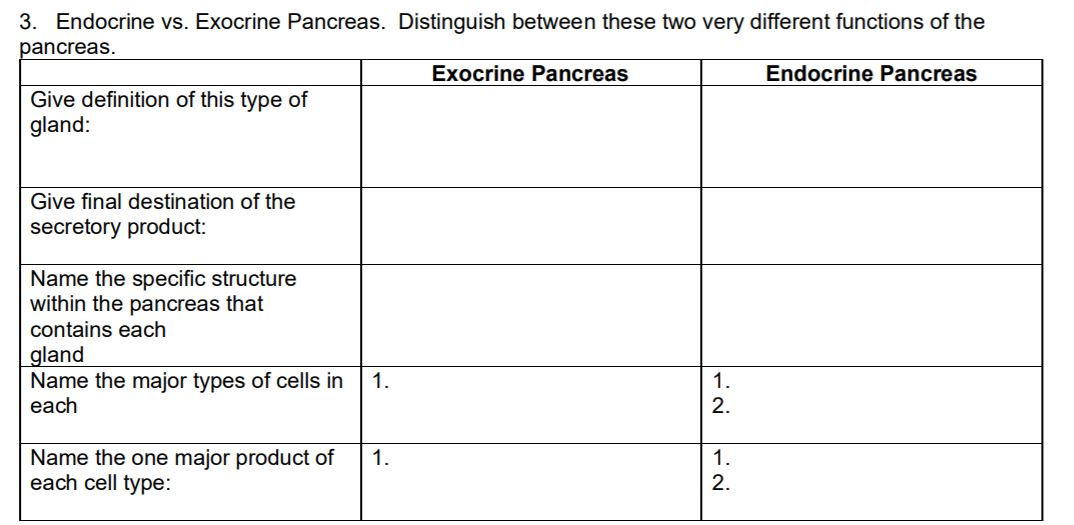



Solved 3 Endocrine Vs Exocrine Pancreas Distinguish Chegg Com




A Tale Of Two Pancreases Exocrine Pathology And Endocrine Dysfunction Abstract Europe Pmc




Which Gland Is Both Endocrine And Exocrine Study Com




Pancreatic Polypeptide A Review Of Its Involvement In Neuro Endocrine Reflexes Islet Acinar Interactions And Ethanol Evoked Physiopatologic Pancreatic Gland Changes



Functional Anatomy Of The Endocrine Pancreas




The Endocrine System Chapter 10 Endocrine System Control
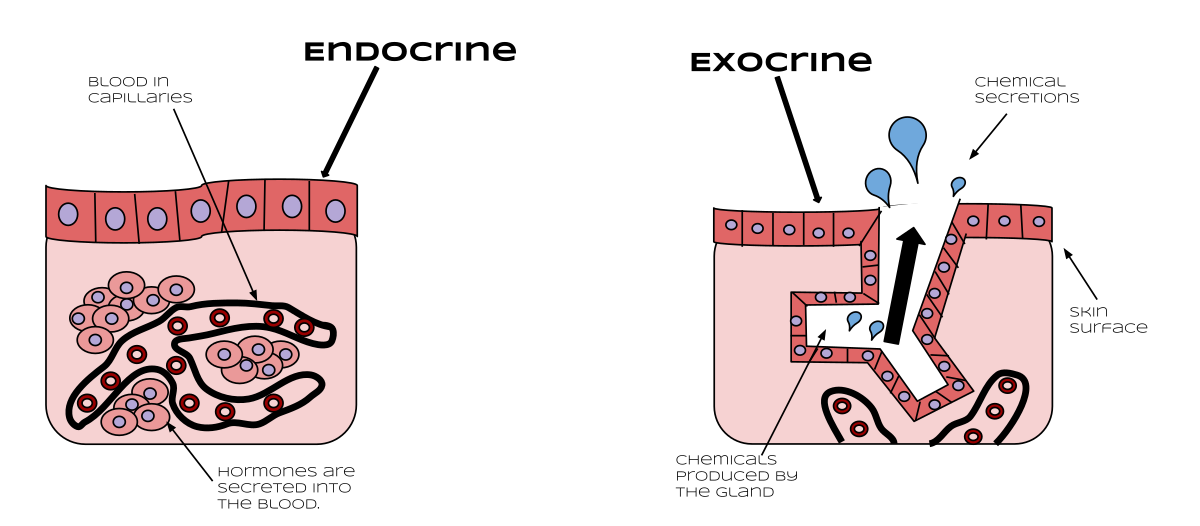



File Endocrine Vs Exocrine Svg Wikimedia Commons




Pancreas Definition Examples Diagrams




Pancreas Endocrine And Exocrine Functions Medical Library
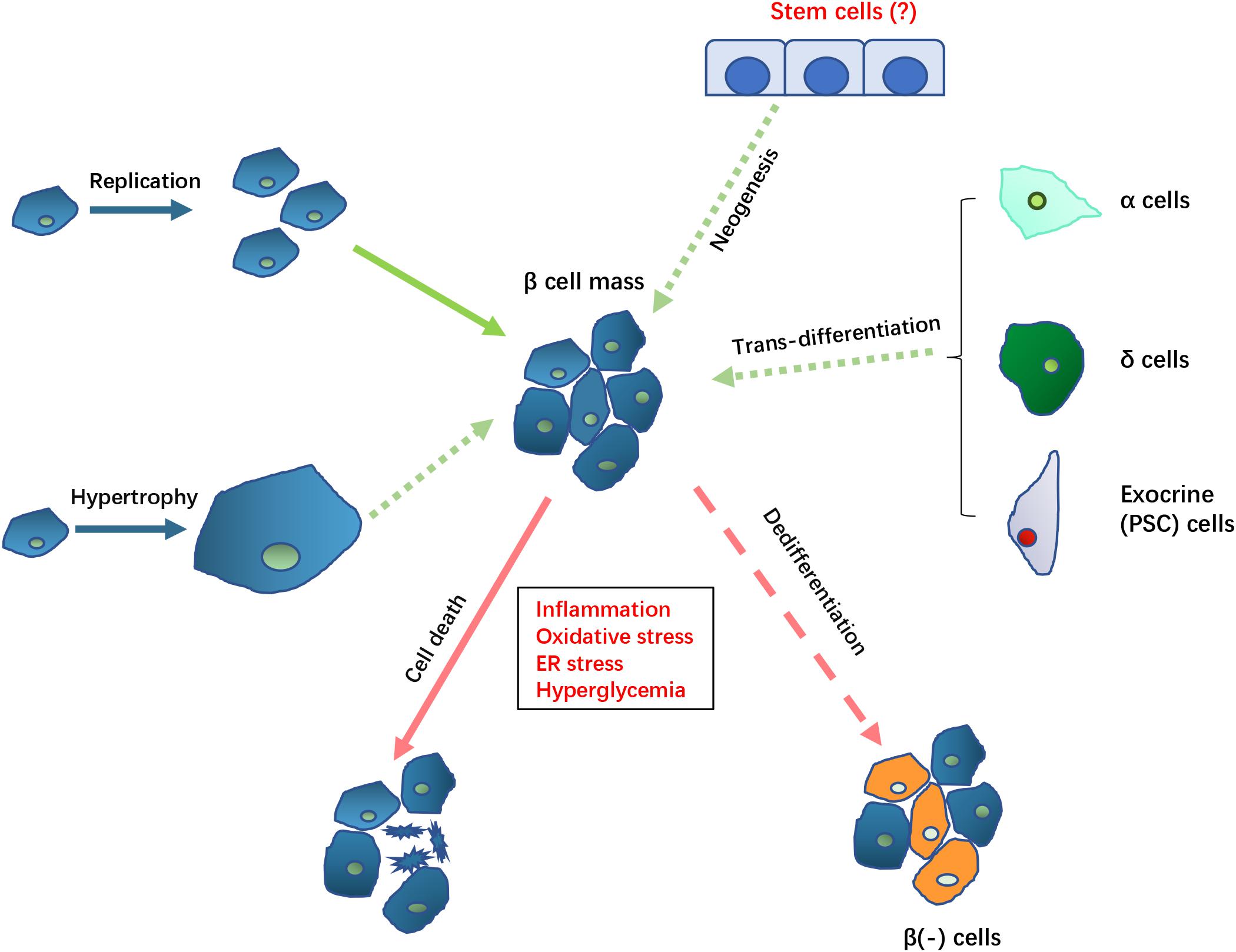



Frontiers Pathological Mechanisms In Diabetes Of The Exocrine Pancreas What S Known And What S To Know Physiology




Sex Differences In The Exocrine Pancreas And Associated Diseases Cellular And Molecular Gastroenterology And Hepatology




Pancreas Endocrine And Exocrine Functions Medical Library




The Endocrine Pancreas Anatomy And Physiology Ii



Plos One Pancreatic Endocrine And Exocrine Function In Children Following Near Total Pancreatectomy For Diffuse Congenital Hyperinsulinism




Gi 2 Flashcards Quizlet
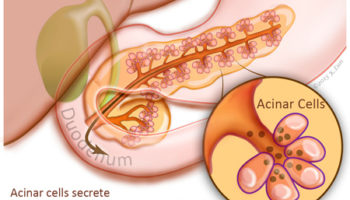



Pancreas Function Pancreatic Cancer Johns Hopkins Pathology
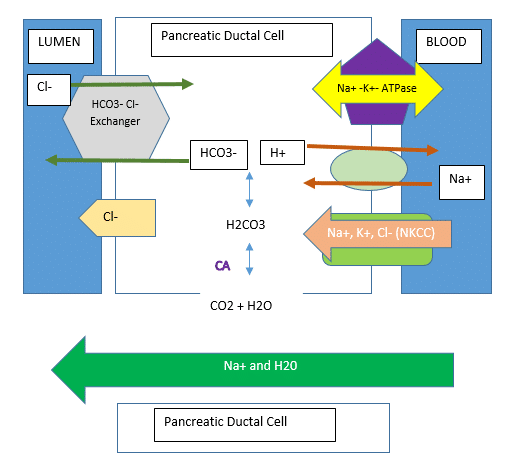



The Exocrine Pancreas Function Secretion Regulation




Difference Between Endocrine System And Exocrine System With Table




Do Any Of The Exocrine Glands Produce Hormones Socratic




Human Pancreatic Afferent And Efferent Nerves Mapping And 3 D Illustration Of Exocrine Endocrine And Adipose Innervation American Journal Of Physiology Gastrointestinal And Liver Physiology




Solved Endocrine Vs Exocrine Pancreas Distinguish Between Chegg Com




Functiondysfunction Of Endocrine Pancreas Pancreas Anatomy Both Exocrine




Regulation Of Pancreatic Exocrine Function By Islet Hormones Pancreapedia
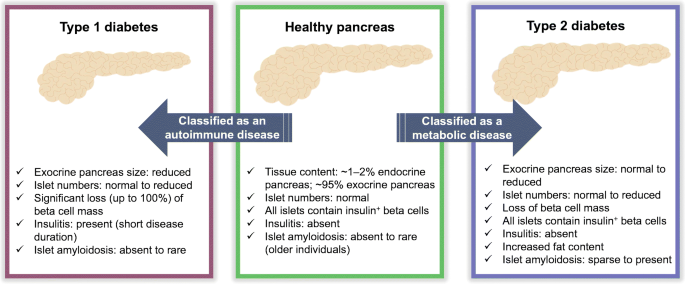



Organisation Of The Human Pancreas In Health And In Diabetes Springerlink




Human Pancreatic Exocrine Response To Nutrients In Health And Disease Gut
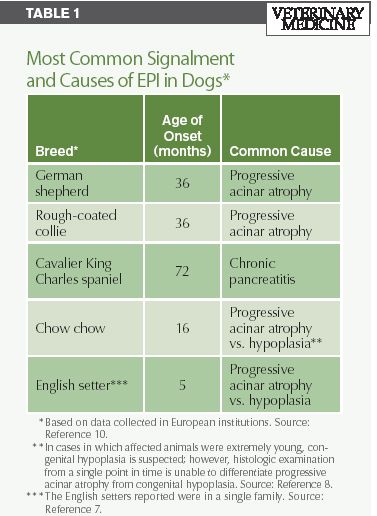



A Quick Review Of Canine Exocrine Pancreatic Insufficiency




Anatomical Organization Of The Pancreas The Exocrine Function Of The Download Scientific Diagram




Exocrine Pancreatic Insufficiency In Dogs Vca Animal Hospital




Endocrine Vs Exocrine Glands Youtube




Pancreas Histology Osmosis




Pancreas Endocrine And Exocrine Functions Medical Library




The Pancreas And Its Functions Columbia University Department Of Surgery



Plos One Association Of Fatty Pancreas With Pancreatic Endocrine And Exocrine Function




Question Video Describing The Function Of Pancreatic Exocrine Cells Nagwa




Pin On Bsf




The Pancreas Boundless Anatomy And Physiology




Secretion Of The Human Exocrine Pancreas In Health And Disease Pancreapedia



What Are Some Relevant Examples That Explain Why The Pancreas Gland Has Both The Exocrine And Endocrine Function Quora



Difference Between Endocrine And Exocrine Glands Definition Types Features Functions




Pancreas Anatomy And Physiology Basicmedical Key
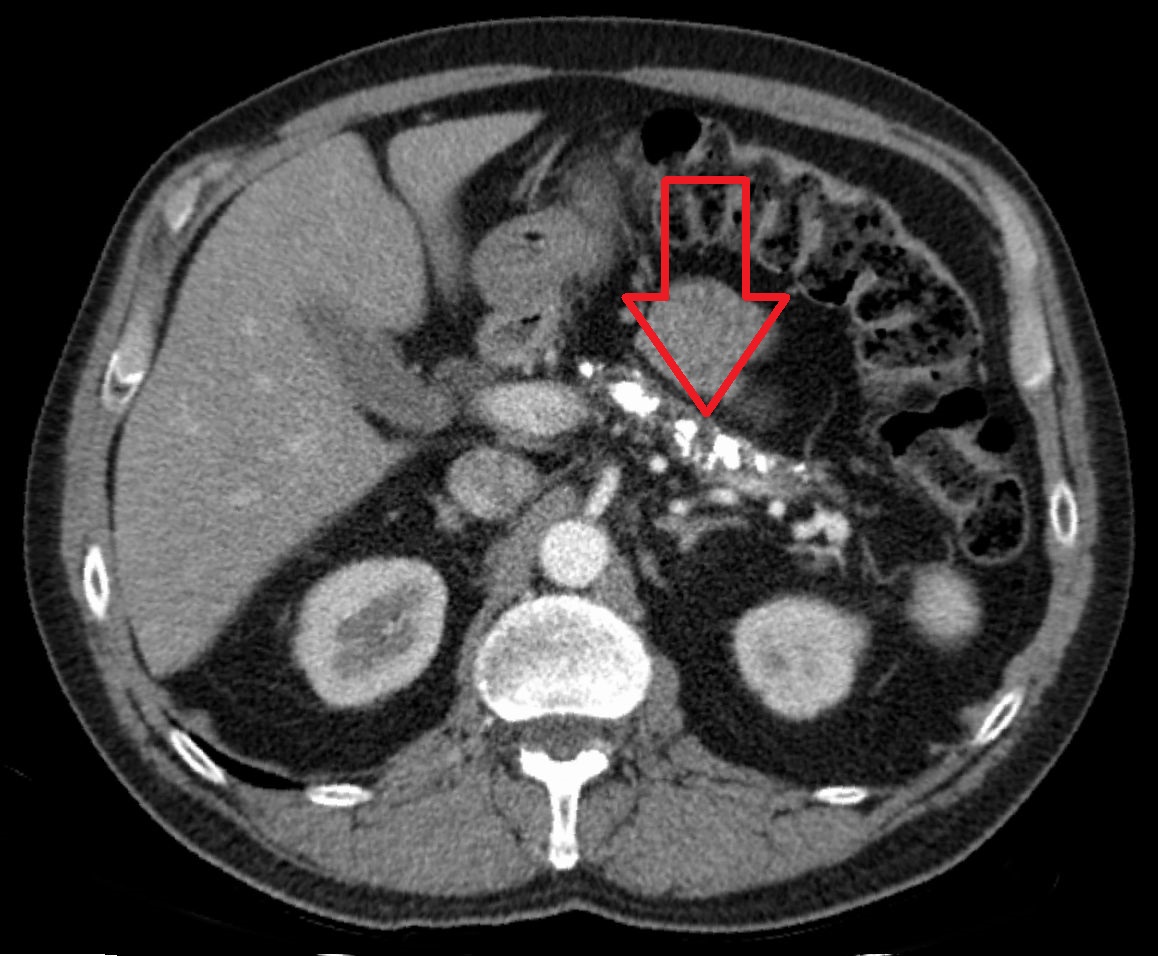



Pancreas Endocrine And Exocrine Functions Medical Library




Exocrine Vs Endocrine Glands Medical Terms Video Lesson Transcript Study Com




Endocrine Function Of Pancreas Insulin Secretion Action And Regulation Ppt Download




Pancreas Endocrine And Exocrine Pancreas Overview Youtube



1
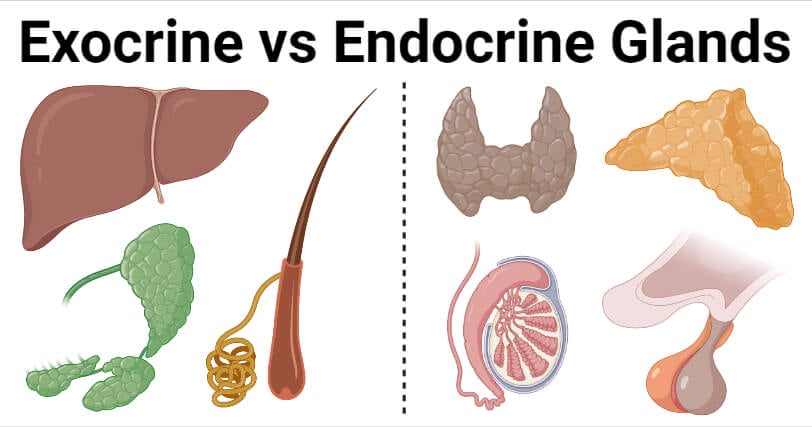



Exocrine Vs Endocrine Glands Definition 8 Differences Examples



1




Pancreas Exocrine And Endocrine Function Youtube




Pancreas Wikipedia




5 Endocrine And Exocrine Function Of The Human Pancreas Download Scientific Diagram




An Overview Of The Pancreas Understanding Insulin And Diabetes
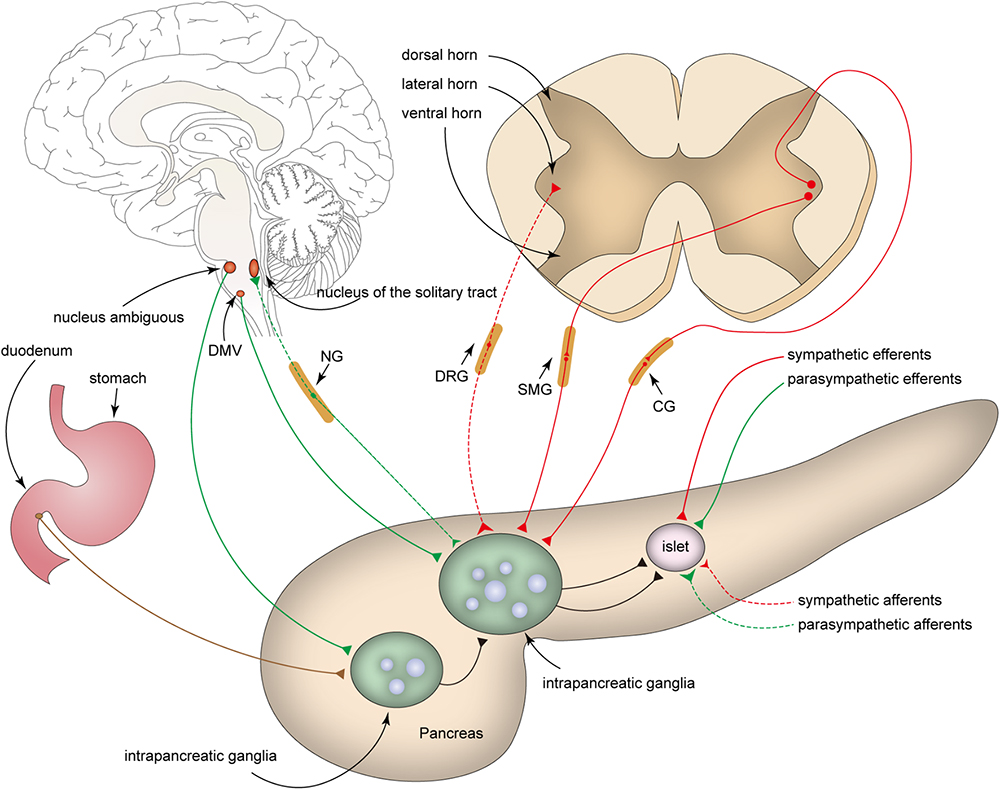



Frontiers Intrapancreatic Ganglia And Neural Regulation Of Pancreatic Endocrine Secretion Neuroscience
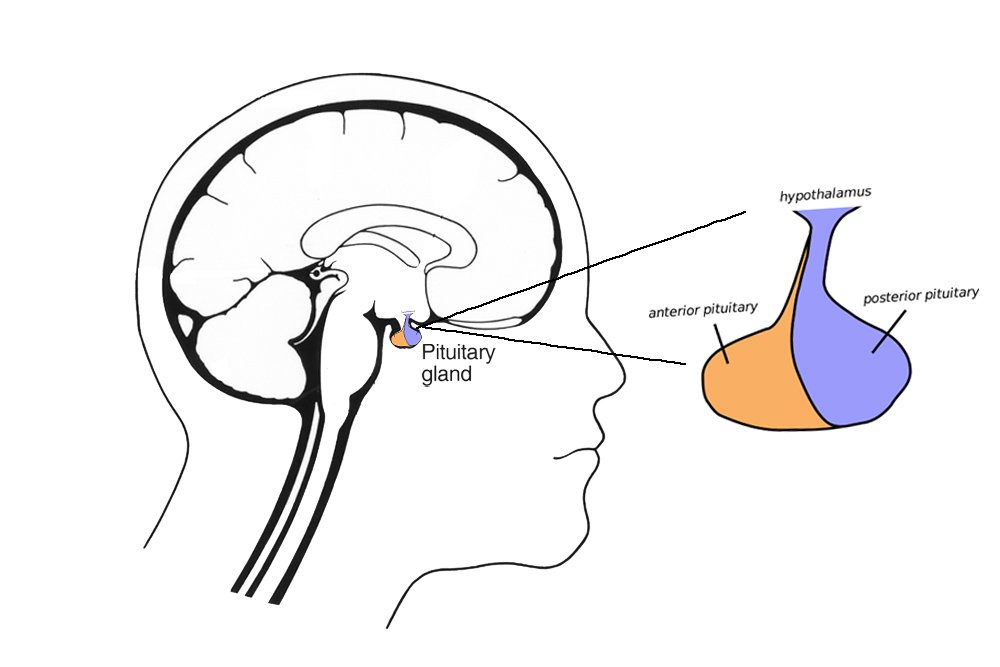



Endocrine Vs Exocrine Gland Defintion Functions And Differences




Implications Of Integrated Pancreatic Microcirculation Crosstalk Between Endocrine And Exocrine Compartments Diabetes



What Is The Function Of The Pancreas In Both Endocrine And Exocrine Systems Quora
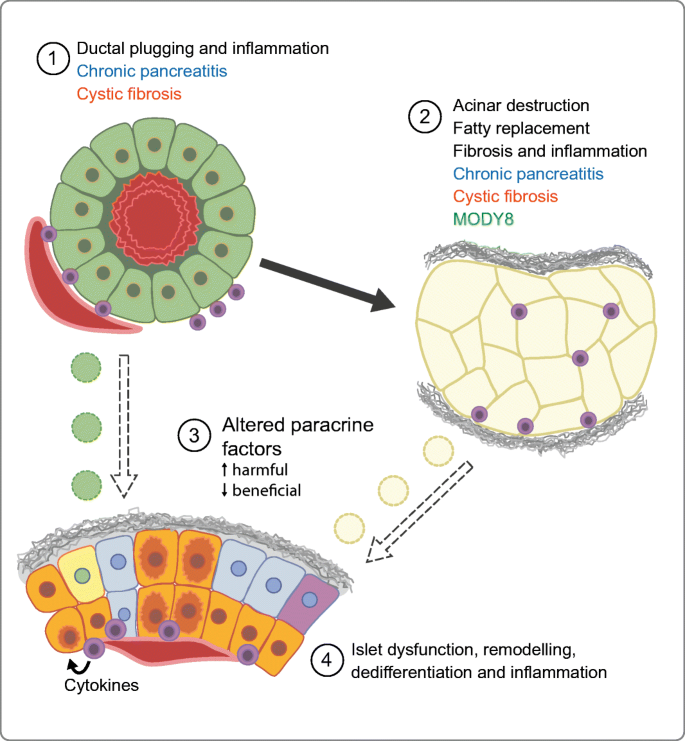



A Tale Of Two Pancreases Exocrine Pathology And Endocrine Dysfunction Springerlink
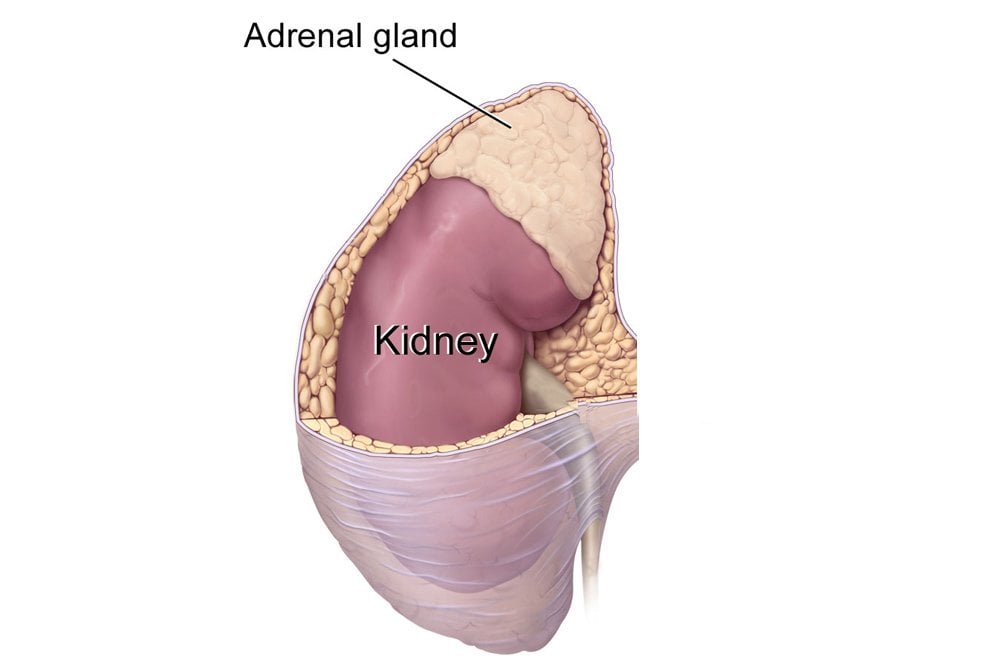



Endocrine Vs Exocrine Gland Defintion Functions And Differences
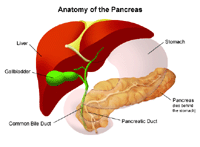



The Pancreas Johns Hopkins Medicine




Giessen International Workshop On Interactions Of Exocrine And Endocrine Pancreatic Diseases Insight Medical Publishing
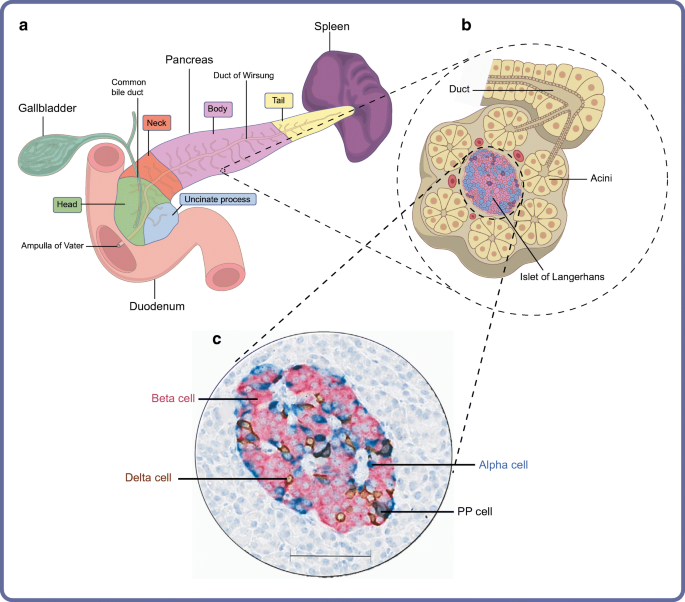



Organisation Of The Human Pancreas In Health And In Diabetes Springerlink




Endocrine System 1 Overview Of The Endocrine System And Hormones Nursing Times




Pancreas Gland Endocrine System



Endocrine Functions Of Pancreas Howmed



E Pancreas Hook Ap Psychology 1b
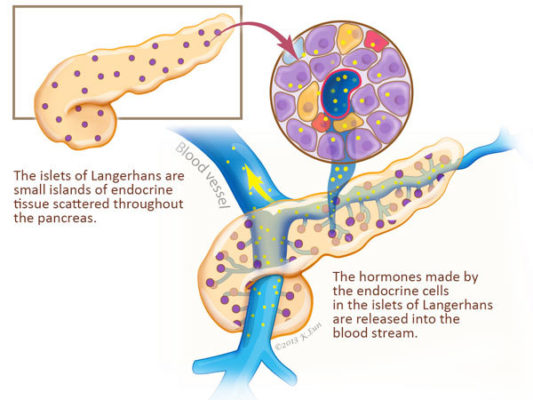



Pancreas Function Pancreatic Cancer Johns Hopkins Pathology




Digestive System Digestive Glands Small Digestive Glands Found In The Wall Of Digestive Tract Accessory Glands Large Digestive Glands Components Ppt Download




Exocrine And Endocrine Interactions In Cystic Fibrosis A Potential Key To Understanding Insulin Secretion In Health And Disease Diabetes
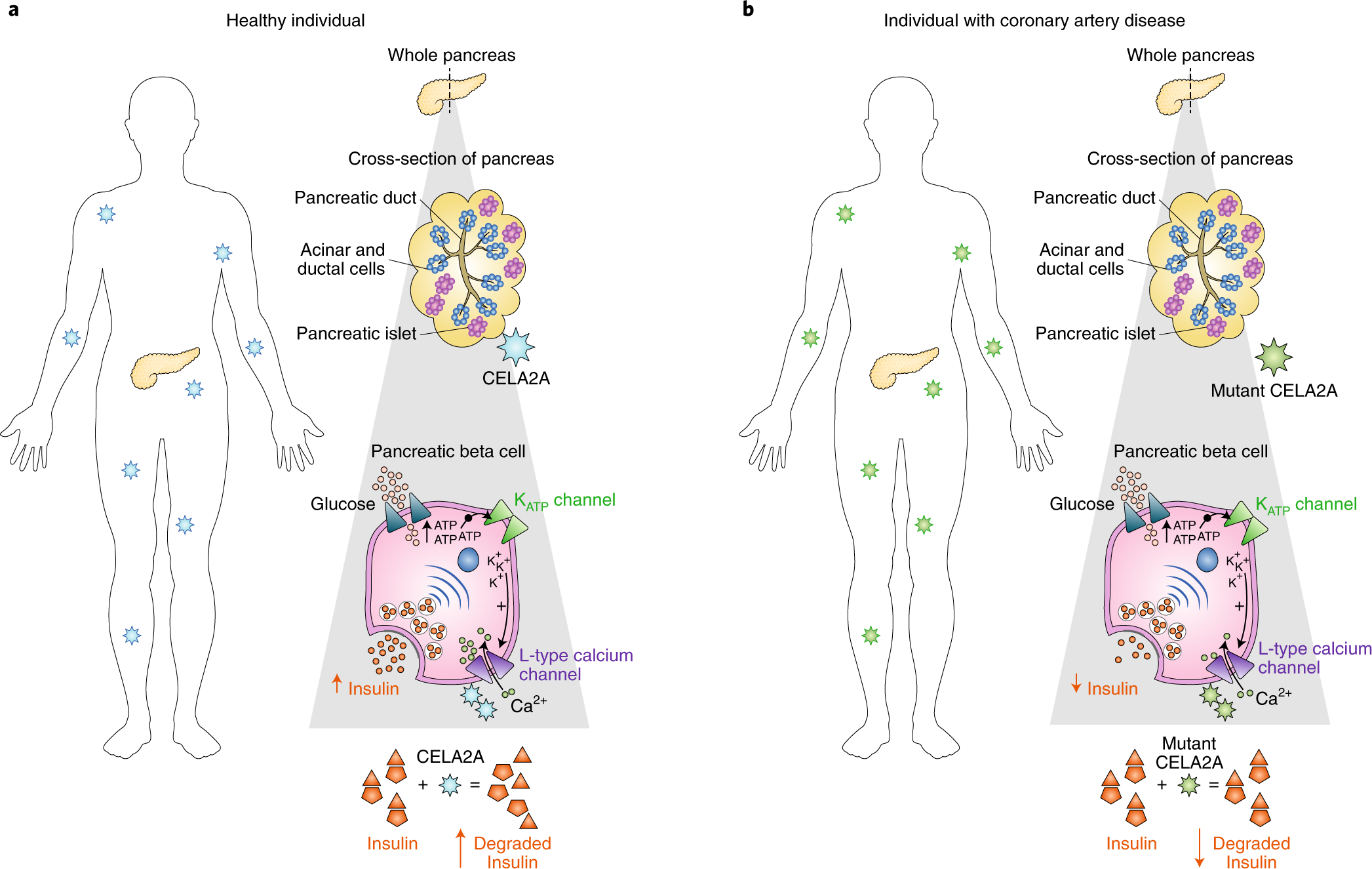



Exocrine Or Endocrine A Circulating Pancreatic Elastase That Regulates Glucose Homeostasis Nature Metabolism



1



Exocrine Function Of Pancreas Healthcare4007 Over Blog Com




Illustrates The Location Of Endocrine And Exocrine Pancreas In The Download Scientific Diagram
/exocrine-pancreatic-insufficiency-4177936-821-618578bea845406fa96c78167aff8657.png)



Exocrine Pancreatic Insufficiency Symptoms Causes And Diagnosis




Ppt The Endocrine System Powerpoint Presentation Free Download Id




Pancreas Wikipedia
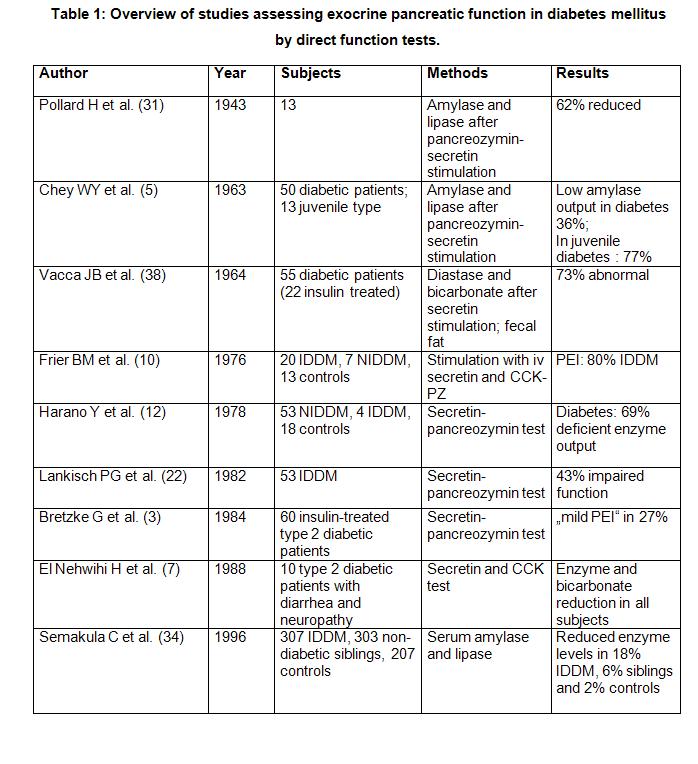



Alterations In Exocrine Pancreatic Function In Diabetes Mellitus Pancreapedia
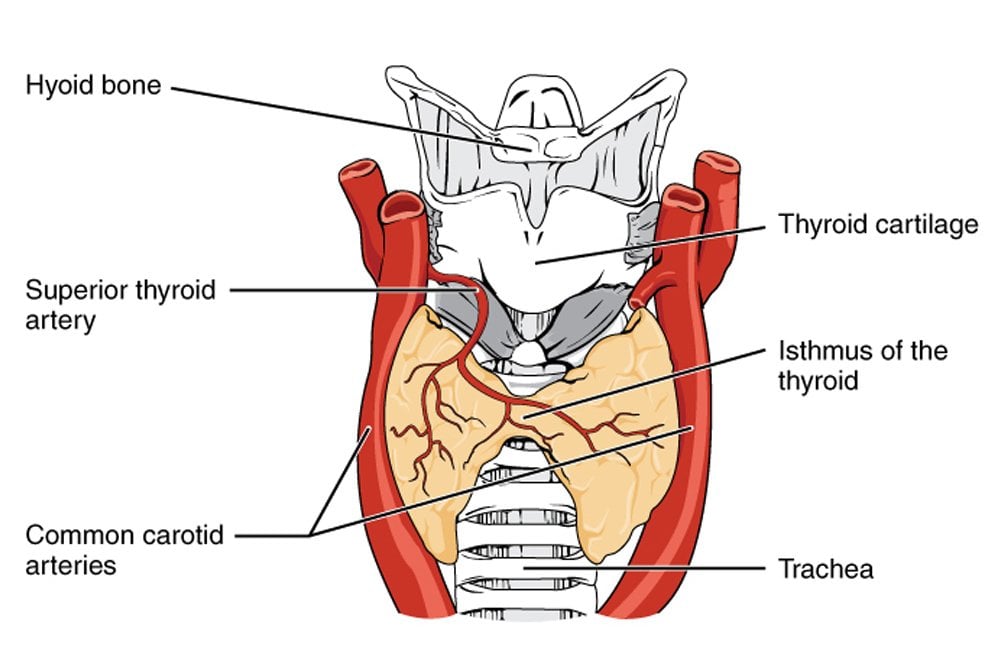



Endocrine Vs Exocrine Gland Defintion Functions And Differences



J E S Foundation Pancreatic Cancer




Pancreas Function Pancreatic Cancer Johns Hopkins Pathology



1




Prevalence Of Exocrine And Endocrine Pancreatic Insufficiency After Download Table




Exocrine Vs Endocrine I Love Veterinary




Endocrine Pancreatic Cell Types And Their Peptide Secretions Exocrine Download Scientific Diagram




The Pancreas And Its Functions Columbia University Department Of Surgery
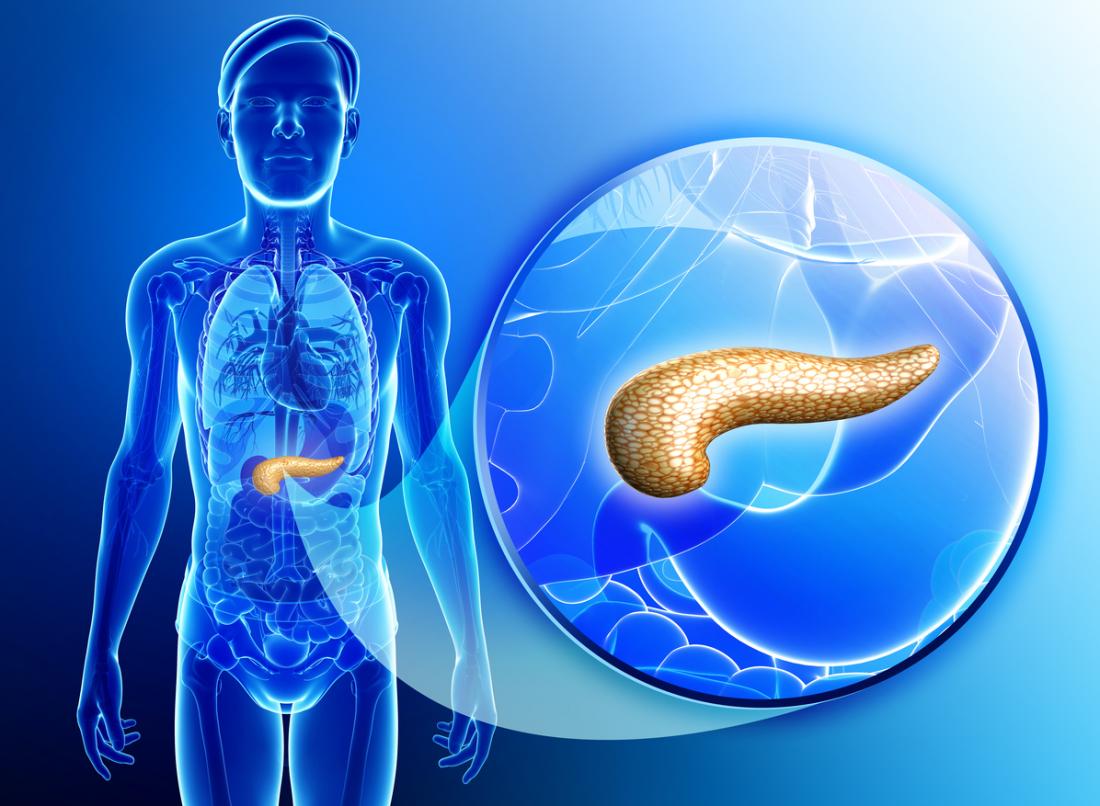



Pancreas Functions And Disorders



0 件のコメント:
コメントを投稿